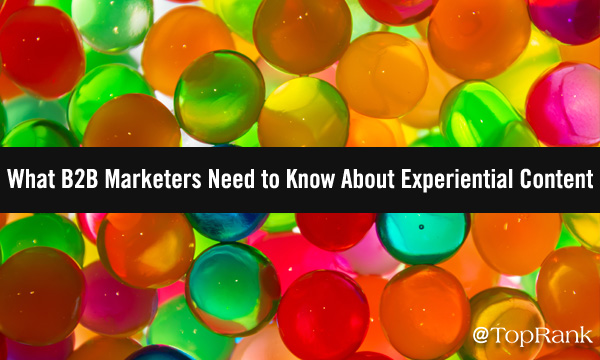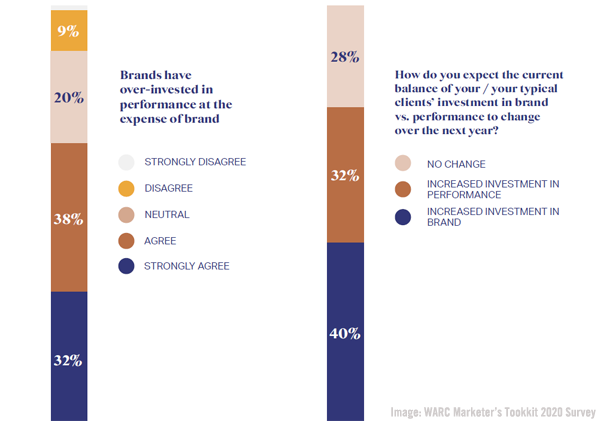By Paul Talbot
When customers are taken for granted, they have a knack for vanishing. So it seems strange that as we move into an era of vanishing, or at best, shrinking marketing budgets, attention paid to existing customers appears to be eroding.
I recently asked Lana Busignani, EVP of U.S. Analytics at Nielsen, to shed light on recent research which reflects the waning importance of marketing built to keep current customers active and engaged.
Paul Talbot: Survey respondents indicated, by a fairly wide margin, that acquiring new customers was more important than retaining existing customers. Do you have a sense as to why?
Lana Busignani: One potential explanation is the distortion of attention and energy to mastering the capabilities being enabled by the digital, addressable world. The growth and sophistication of the digital advertising ecosystem has enabled marketers to target audiences and buyers more precisely with the objective of converting interested/engaged buyers within the category to their brands.
Talbot: Little interest was expressed in reducing churn. The report states, ‘This lack of focus on churn is a missed opportunity for marketers.’ Can we quantify the size of this opportunity, and why doesn’t the tactic of reducing churn generate the focus you believe it should?
Busignani: Perhaps some may be chalked up to how marketers define churn, whether they are concerned with it or not. Is it a completely lost buyer, a lost trip to a competitive brand, or a reduction in brand loyalty? Any lost sale should be considered churn and for consumer brands could drive a 10-20% reduction in sales among current buyers which would need to be offset by new client acquisition or switchers from competitive brands.
Marketers should balance client acquisition with activities that remind buyers about their brand and keep their brand top of mind for when consumers are making buying decisions.
One potential explanation as to why reducing churn is rated lower among marketers, is that some marketers have adopted philosophies which prioritize penetration and brand popularity over activities designed to drive brand loyalty or customer retention. The philosophy accepts consumer switching and lack of loyalty as a dynamic prevalent in the marketplace and so these marketers focus their activities on driving new buyers and penetration among consumers.
Talbot: Do we have any historic context for these viewpoints? Do we know if customer retention and reducing churn was any more or less important to marketers ten or twenty years ago?
Busignani: While we don’t have historical figures to cite as our CMO survey is only a few years old, there is evidence to support that customer retention was an important priority for marketers in the form of loyalty programs which proliferated during that time frame.
Markets were also less fragmented at the time, with fewer competitors and consumer choice so perhaps retention, or protecting established share of wallet was more achievable for marketers or was considered a more worthwhile investment than it is today. We do see great examples of modern loyalty programs designed to drive customer retention with the proliferation of apps designed to offer convenience and rewards to consumers such as Starbucks and Target’s shopper app.
Talbot: The classic marketing rule of thumb that suggests an investment in creating a new customer is greater than an investment in keeping an existing customer. Has this been relegated to the quaint thinking of a bygone era? What do the media investment numbers actually reveal?
Busignani: Marketers are under increased scrutiny to prove the value of marketing investments in driving growth for brands to justify marketing spending.
Given the amount of wasted marketing dollars, reaching wrong audiences with irrelevant messages, products and offers, we do see marketers increasing investments in new digital ad vehicles which offer the promise of growth and the ability to reach consumers with relevant, personalized offers.
Traditional vehicles like television, which reach broader audiences, are more difficult to tie to sales outcomes today. However, as television becomes more addressable, it will enable marketers to more directly prove the value of their marketing investments in driving consumer action and purchasing.












